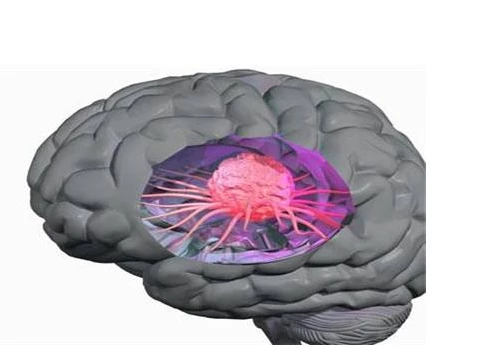Study finds a new approach to treating MYC-driven neuroblastoma

Study finds a new approach to treating MYC-driven neuroblastoma

Copyright © iCell Bioscience Inc, Shanghai 2018-2019
Neuroblastoma (MB) is the most common malignant brain tumor in children. The MYC gene is usually over-expressed, which is closely related to the poor prognosis of MB. The BET bromodomain recognizes acetylated lysine residues and typically promotes and maintains MYC gene transcription. And some special cyclin-dependent kinases (CDKs) can promote the stability of the MYC gene in cancer cells.
In search of a better method for the treatment of medulloblastoma, scientists from the University of Uppsala and others led by Professor Fredrik J. Swartling discovered the use of a BET bromodomain inhibitor and a CDK2 inhibitor to target MYC expression And MYC stabilizing factor can inhibit the growth of medulloblastoma cells.

The researchers found that this combination therapy can act synergistically, causing the cancer cell division cycle to be blocked and widespread apoptosis.
The researchers used the RNA-Seq method to characterize the changes in transcriptional levels that the combined MYC-inhibitory method brought to cancer cells, and found that this method caused changes in transcription levels in the MYCN-induced Group 3 MB animal model. The effect of shutting off MYCN with doxycycline is similar.
In addition, the researchers also found that compared with monotherapy, combination therapy can significantly prolong the survival of mice transplanted with high-expression MYC in orthotopically transplanted 3 MB tumor-bearing mice.
Overall, this study shows that simultaneous inhibition of CDK2 and BET bromodomains may be a novel approach to the treatment of MYC-driven medulloblastoma.
 Loading ....
Loading ....
